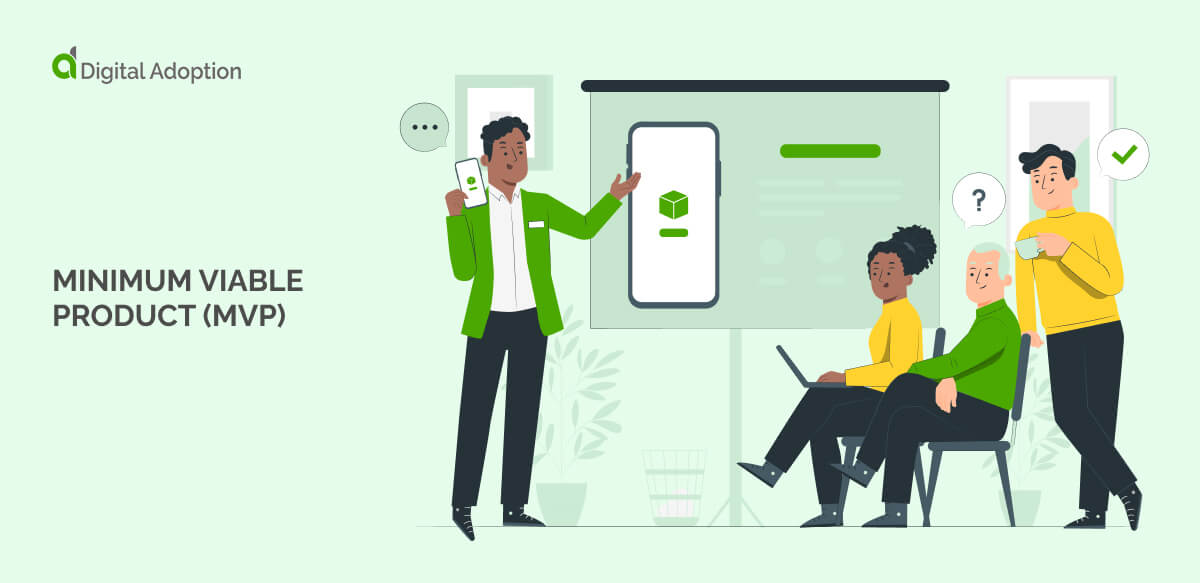Minimum viable product (MVP) use cases
A minimum viable product (MVP) helps businesses test ideas quickly, reduce risks, and improve products based on real user feedback.
While the concept applies across many industries, it can be difficult to picture how it works in real-life scenarios.
Below are three examples of how an MVP can be used in different business settings.
E-commerce
Scenario: A startup wants to launch an online marketplace but is unsure which features customers will use most.
Method: Instead of building a full-featured platform, the company creates an MVP with only basic shopping, payment, and order tracking functions. It collects customer feedback to decide which features to add next.
Outcome: The startup avoids wasting resources on unnecessary features and focuses on what users actually want, leading to a more successful final product.
Mobile app development
Scenario: A fitness company wants to create a workout app but is unsure which types of workouts users prefer.
Method: The company develops an MVP with a simple interface offering just a few workout plans. It tracks user engagement and surveys users to learn which workouts they find most valuable.
Outcome: Based on user feedback, the company expands the app with popular workout styles, ensuring it meets customer demand and increases retention.
Healthcare technology
Scenario: A medical startup is developing an AI-powered symptom checker but is unsure if users will trust automated health advice.
Method: The startup releases an MVP with a basic chatbot that provides simple symptom analysis and suggests when to see a doctor. It collects feedback on accuracy, usability, and trust.
Outcome: The startup refines its AI model based on real user interactions, improving accuracy and building trust before fully launching the product.

